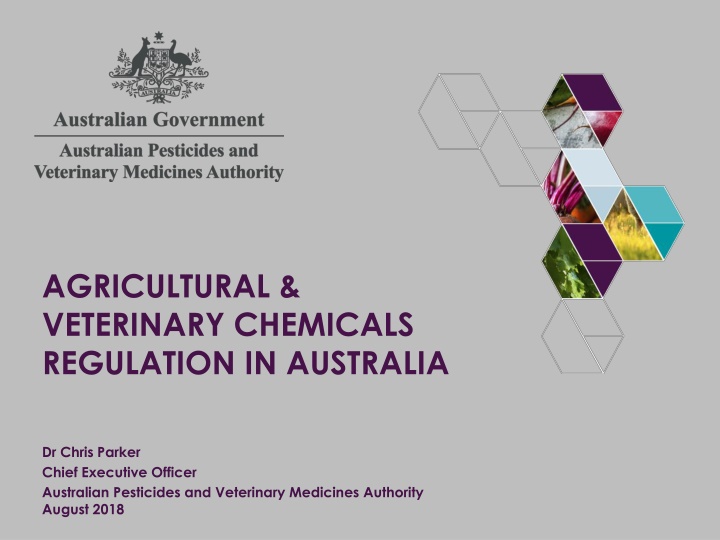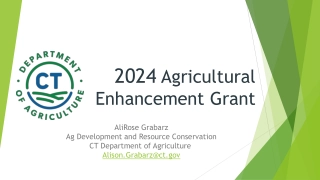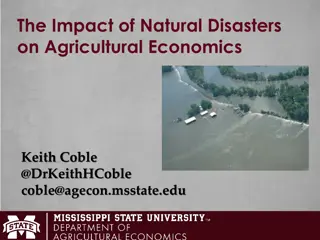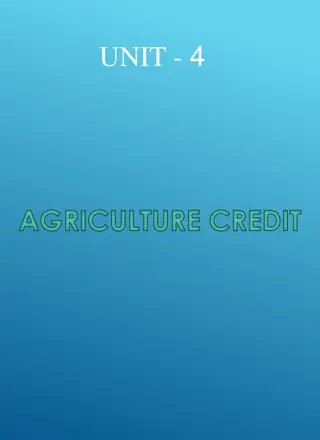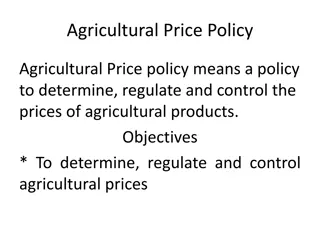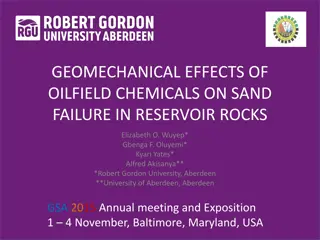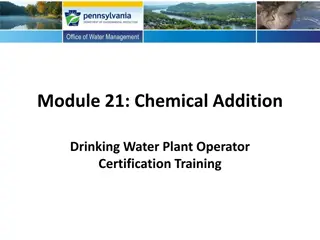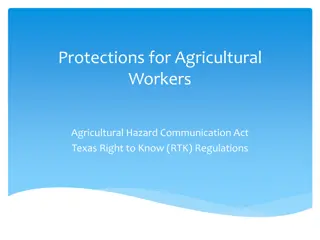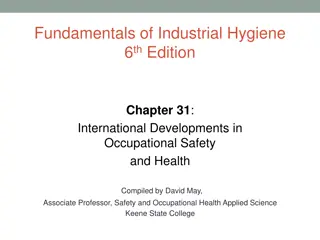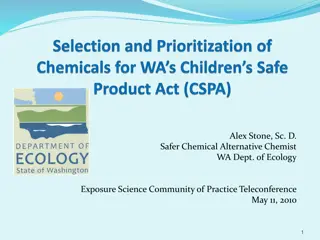Agricultural and Veterinary Chemicals Regulation in Australia - Overview
The regulation of agricultural and veterinary chemicals in Australia is overseen by the Australian Pesticides and Veterinary Medicines Authority (APVMA), established in 1993. The APVMA is responsible for assessing and registering pesticides and veterinary medicines to ensure their safety and effectiveness. This cooperative statutory scheme involves a national system of regulation that encompasses product registration, active constituent approval, permits, compliance monitoring, and more. The organization aims to be a world leader in agvet chemical regulation by utilizing the best science and technology.
Download Presentation

Please find below an Image/Link to download the presentation.
The content on the website is provided AS IS for your information and personal use only. It may not be sold, licensed, or shared on other websites without obtaining consent from the author.If you encounter any issues during the download, it is possible that the publisher has removed the file from their server.
You are allowed to download the files provided on this website for personal or commercial use, subject to the condition that they are used lawfully. All files are the property of their respective owners.
The content on the website is provided AS IS for your information and personal use only. It may not be sold, licensed, or shared on other websites without obtaining consent from the author.
E N D
Presentation Transcript
AGRICULTURAL & VETERINARY CHEMICALS REGULATION IN AUSTRALIA Dr Chris Parker Chief Executive Officer Australian Pesticides and Veterinary Medicines Authority August 2018
A brief history In Australia, agricultural and veterinary (agvet) chemicals are regulated under a cooperative statutory scheme APVMA established 1993 - centralised (Federal) chemical registration previously done by all states and territories We are the independent statutory responsible for assessing and registering pesticides and veterinary medicines proposed for supply in Australia Our regulatory responsibility extends from registration and manufacturing through to the point of sale Beyond this point the state and territory governments are responsible, including controlling the use of these chemicals
APVMA & States - a national system of regulation Point of Sale STATES & TERRITORIES APVMA Product registration Active constituent approval Permits Chemical review Manufacturing licensing Compliance (product supply) Adverse experience reporting Control of use Compliance (product use) Training and licensing Australian Government Legislation State Government Legislation plus mirror legislation Intergovernmental Agreement
Our Purpose We provide a regulatory service for the supply of safe and effective agvet chemicals in Australia OUR VISION To be a world leader in agvet chemical regulation, that uses the best science and attracts strong investment to register safe products that advance Australia s agricultural productivity and animal health OUR MISSION We place clients at the centre of our business, invest in our people and embrace technology to define how we regulate ensuring our decisions are risk-based and transparent
APVMA at a glance Over 11 480 registered products Finalised an average of 5 600 applications annually between 2016 17 2017 18 53% products, actives and permits 47% minor changes, industry advice, support import/export 200 APVMA staff Cost-recovered Registrants pay application fees Sales levies
Agricultural Chemicals Total agricultural chemicals: 9 252 (as at 15 March 2018) Page 7
Our assessment Legislated Criteria Safety Trade Efficacy Labelling Assessments Worker safety Chemistry Toxicology Residues Efficacy Environment
Registration and approval process FINAL RISK ASSESSMENT DECISION APPLICATION LODGED ONLINE Delegates sign off on final decision (to approve or refuse) Risk Managers bring together all assessments and determine whether application meets statutory criteria SCIENTIFIC ASSESSMENT FINALISATION PRELIMINARY ASSESSMENT Places product on register and sends appropriate notices Assessments done by internal or external experts Administrative completeness EVALUATION PLANNING APPLICATION ENTERS EVALUATION Registration Managers work with Assessment Areas to determine what assessments are needed
Criteria for assessing applications SAFETY TRADE Is not, or would not be, an undue hazard to the safety of people exposed to it during its handling or people using anything containing its residues The use of the product does not, or would not, unduly prejudice trade or commerce between Australia and places outside Australia Is not, or would not be likely to have an effect that is harmful to human beings EFFICACY The product would be effective according to the criteria determined by the APVMA in a Legislative Instrument Is not, or would not be likely to have an unintended effect that is harmful to animals, plants or things or to the environment
Policy settings and inputs Set domestic policy and legislation for agvet chemical regulation Undertake National Residues Survey Department of Agriculture & Water Resources Risk Assessment Framework informs APVMA approach APVMA OECD Safety of MRLs is confirmed FSANZ
Labelling criteria Label must contain adequate instructions as to; How product is used Times when it should be used Frequency Withholding periods Re-entry periods Disposal Safe handling Page 12
Outcomes of risk assessment - Active constituent approvals - Product registrations - Label approvals - Establishment of standards (where necessary): - ADI and ARfD - Maximum Residue Limits (MRLs) - Import tolerances are considered and established by the Food Standards Australia New Zealand (FSANZ) Page 13
International involvement Involved in international fora - OECD, CODEX including JMPR/CCPR We publish guidance on the use of international data and assessments in Australia Participate in global joint reviews
More about APVMA apvma.gov.au Twitter @APVMA Regulatory Update
